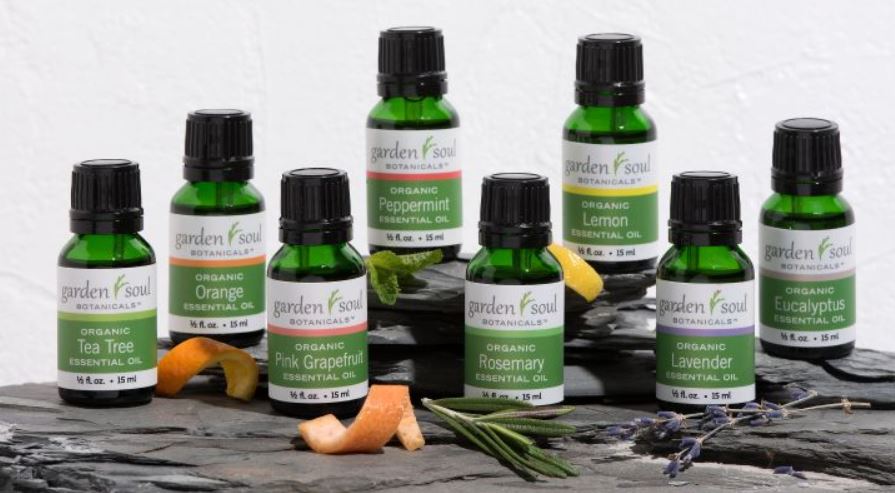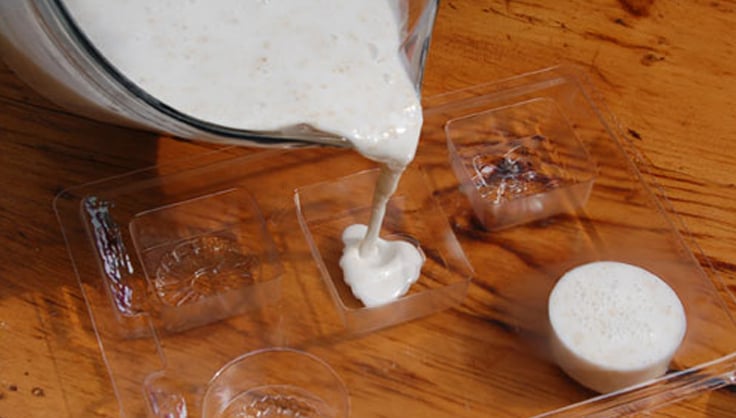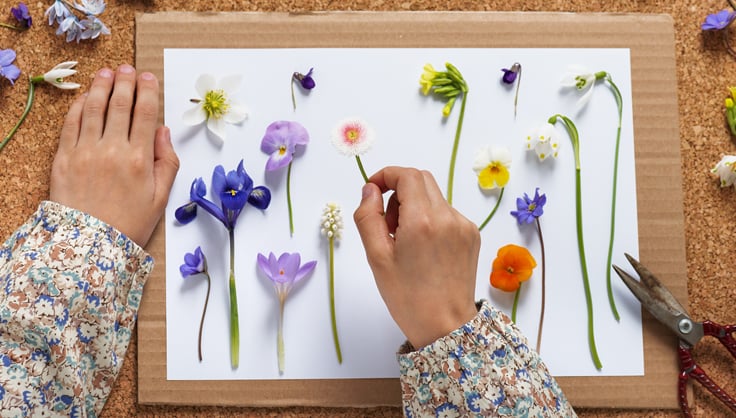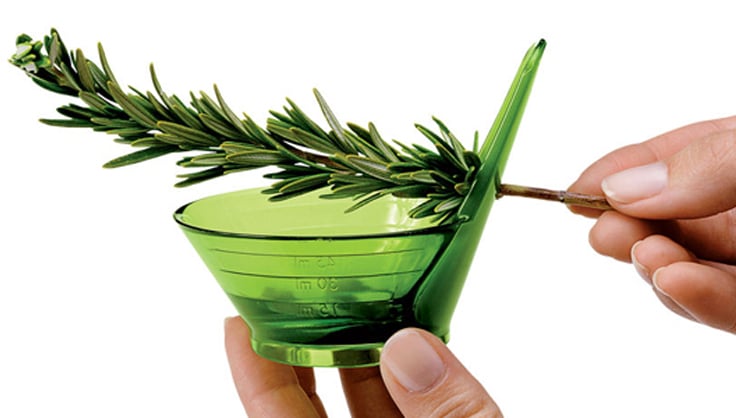Just Breathe; Breathe Deep
Unlocking the power of pure essential oils
Close your eyes and breathe in the pure, botanical aroma of lavender, eucalyptus, orange, peppermint or rosemary. Depending on the plant essence you inhale, the scents can bring about feelings of relaxation, excitement, calm, energy, clarity and other emotions.
Essential Oils Featured in this Article
What’s an Essential Oil?
Essential oils are the pure, extracted essence of plants, unadulterated by chemicals or other ingredients. Essential oils aren't really oils and do not contain fats. Most have the consistency of water. A pure essential oil is a volatile, aromatic liquid. Although you can use them “neat” or undiluted in diffusers, for most other uses they should be diluted. In some formulations, essential oils are pre-blended with carrier oils so they can be used directly on the skin.
Rosemary Nolan, an aromatherapist, herbalist and massage therapist in Massachusetts, notes that pure essential oils are not the same as perfume or fragrance oils, which often contain synthetic fragrances and/or carrier oil. Pure essential oils are always labeled as such.
The plant parts used to produce essential oil varies. The most expensive essential oils, such as jasmine and rose are made from flower petals. It takes up to 10,000 pounds of rose petals to make one pound of precious oil. To make jasmine essential oil, the delicate flowers must be picked by hand after sunset on the day they open. Less costly essential oils, such as peppermint and lavender, are distilled from the leaves and flowering tops of fast-growing plants. Citrus essential oils are extracted from fruit rinds, while others, such as eucalyptus and tea tree, are made from leaves and twigs.
Each of these concentrated essences contains about one hundred different natural compounds that contribute to its aromatic and therapeutic value. Essential oils have been used for thousands of years in perfumes, disinfectants, meditation and sleep aids, beauty and body care products, aromatherapy and health care. Ancient Egyptians used them extensively, as did many other cultures throughout history. Before the discovery of modern antibiotics, some essential oils, such as lavender and tea tree, were used to combat infection and promote healing.
Once you start using essential oils, you’ll understand why they have been treasured throughout the world for thousands of years. Whether you use them in a diffuser, body care product, household cleaner or therapeutic remedy, drop for drop essential oils give great value for their price.
Choosing Essential Oils
Each oil has a distinct fragrance and many are said to promote or alleviate certain moods and feelings. Some can refresh a stuffy office and promote mental clarity, focus and energy. Others can help lift spirits or reduce anxiety. The relaxing, sleep-inducing properties of lavender are especially well-known, as is the aphrodisiac effect of ylang-ylang (pronounced ilang-ilang).
Tip: When combining different essential oils, Rosemary Nolan recommends holding the open containers next to each other and waving them under your nose to smell their combined fragrance. Unless you are following a recipe, mix just two essential oils to keep the fragrance simple. Add just one drop at a timea little goes a long way.
Using Essential Oils: Recipes and Techniques
Making your own body scrubs, salves, lip balms, lotions, massage oils, shampoos and soap is easy. Make enough to share, too. Use the recipes and techniques below to get started.
Note: Our essential oils are for external use only. Always dilute with carrier oil before applying to skin.
Eucalyptus
The oil is extracted from leaves and twigs and has a cooling, woodsy fragrance. The fragrance blends well with most herbal and fruity fragrances, such as rosemary or grapefruit.
Relieve congestion: Traditionally used to clear sinus and chest congestion, you can make your own stuffy-nose remedy by adding a few drops to a steaming bowl of water. Place a towel over your head, lean over the bowl, and then breathe in the steam.
Clean the house: Eucalyptus makes an effective kitchen and bath cleaner because of its antibacterial and antifungal properties. In a spray bottle, combine a few drops of oil with one part vinegar, two parts water and a squirt of liquid soap.
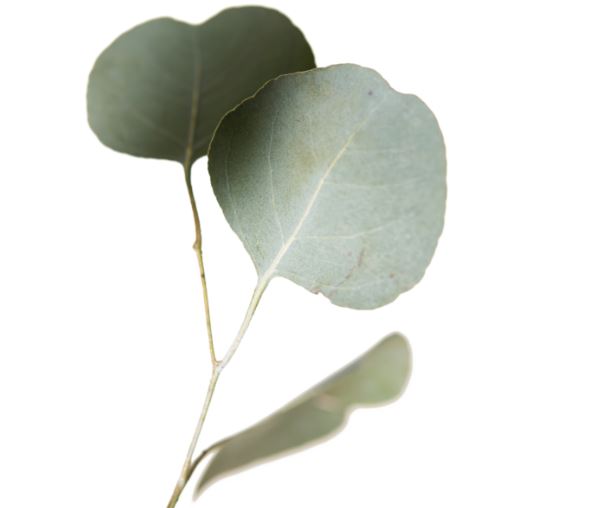
Grapefruit
The fresh, clean, citrusy fragrance is used in aromatherapy to clear the mind, relieve sadness, confusion and even hangovers. The oil is extracted from grapefruit peel. When applied to the skin, avoid exposing the area to direct sun for 24 hours. This versatile oil blends well with nearly all other fragrances.
Room refresher: Its uplifting and rejuvenating properties make it an essential mood lifter for your diffuser.
Foot care: Mix a drop or two with coconut or olive oil and massage on the bottoms of your feet.
Note: Grapefruit oil is toxic to cats.
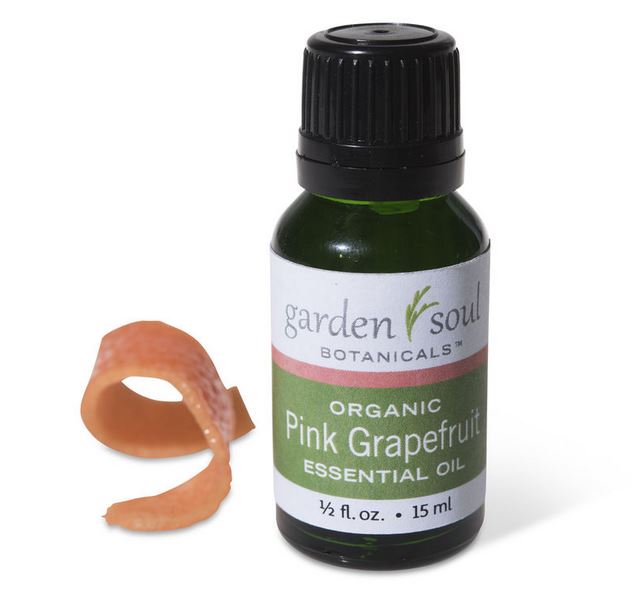
Lavender
Lavender is known for its soothing and calming properties. The oil is extracted from the flowering tops. The sweet, herbal, floral fragrance blends well with nearly all other essential oils.
Sleep aid: Place a drop or two of lavender essential oil on a tissue and tuck it into your pillowcase for a restful sleep.
Relaxing rub: Add a drop or two to a half-teaspoon of carrier oil and rub on your temples or the back of your neck to ward off headaches.
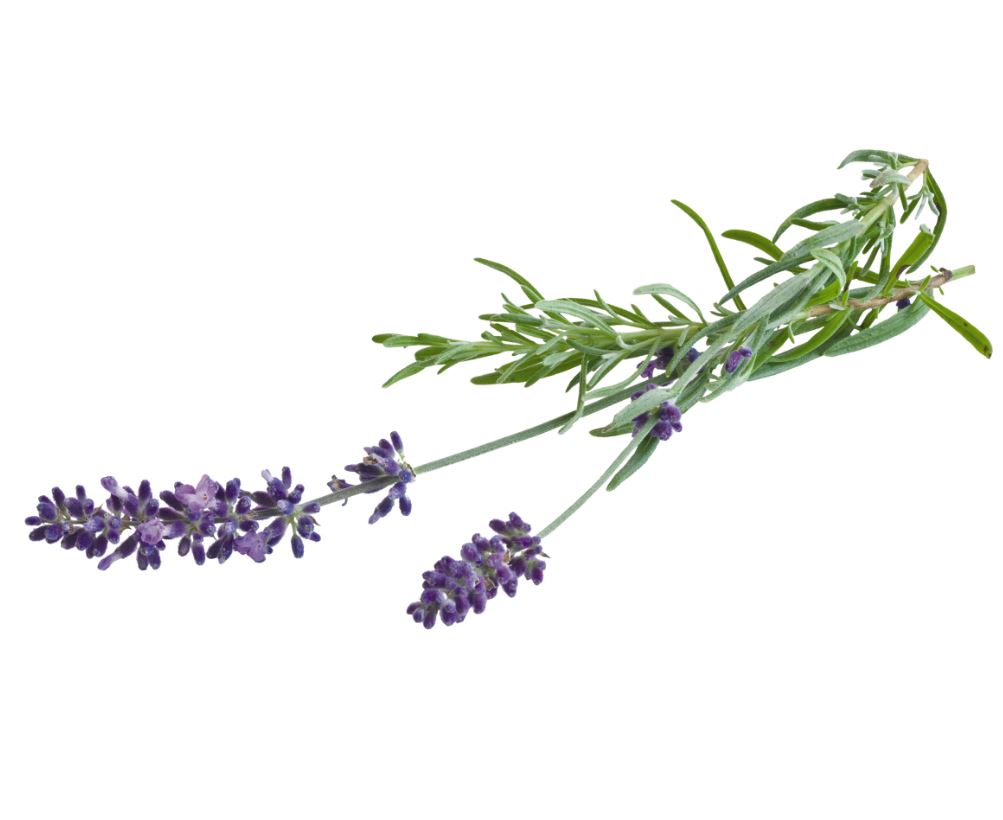
Orange
This much-loved essential oil freshens the air and lightens the mood when used in a diffuser. Its antiseptic and soothing properties also make it a valuable addition to skin creams and scrubs, massage oils and household cleaning products. Extracted from the fruit peel. The sweet, citrusy fragrance with bitter undertones blends well with eucalyptus and most other oils.
Mood booster: Use it in a diffuser to calm and stabilize the mood.
Household cleaner: In a spray bottle, combine a few drops of oil with one part vinegar, two parts water and a squirt of liquid soap.
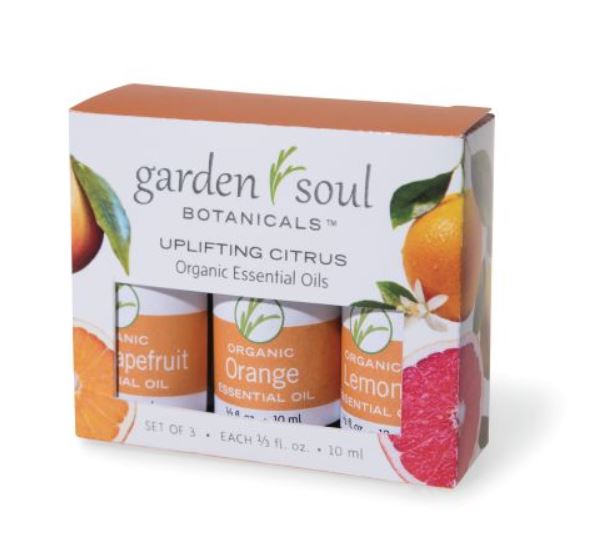
Peppermint
Its fresh, minty fragrance helps clear the mind and improve focus, alleviate headache, and ease respiratory congestion. It also has antiseptic and stimulant properties. Extracted from flowering plants, including stems and leaves. Avoid use if pregnant or diagnosed with epilepsy or high blood pressure. Not recommended for use with children under the age of 6. Try blending it with rosemary and tea tree.
Rodent repellent: Place a drop or two on cotton balls and tuck them into places where you want to repel rodents.
Body care: For an invigorating, exfoliating skin scrub, combine 1/2 cup sugar, 1/2 cup Epsom salt and 1/4 cup avocado or olive oil. Add 10 to 20 drops of peppermint oil. Mix well and pack into a glass jar. For use on sensitive facial skin, omit the Epsom salt and double the sugar.
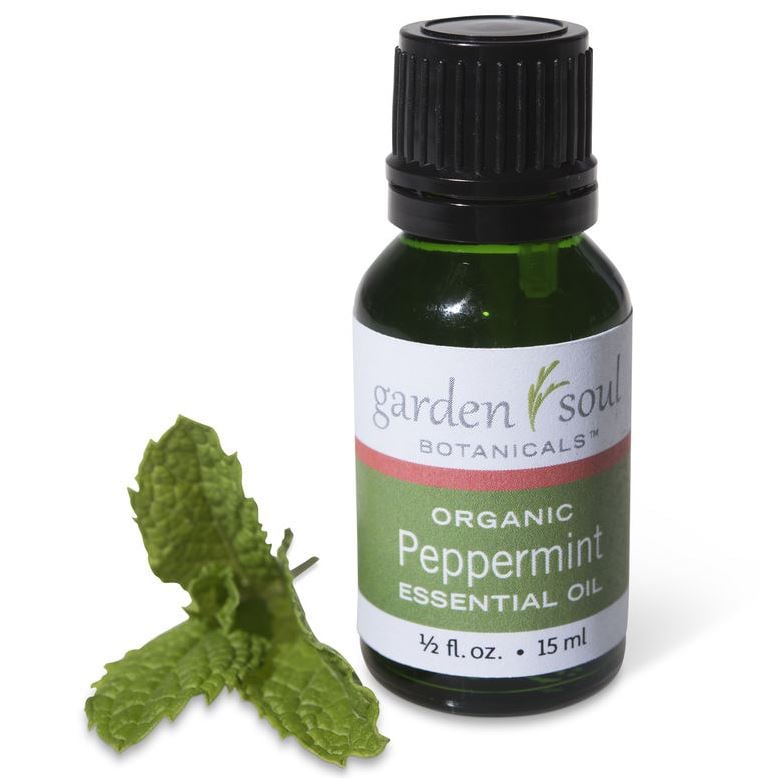
Rosemary
The fresh, resinous, balsam-like fragrance is most associated with cooking, but the essential oil has many other therapeutic uses. In skin care products, rosemary helps ease arthritis pain, dandruff and acne. Extracted from flowering tops, leaves and stems. Avoid use if diagnosed with epilepsy or high blood pressure. Blends well with woodsy scents, such as eucalyptus and tea tree.
Foot soak: In a tub of warm water, blend 3 drops of oil with 1 tablespoon of baking soda.
Aromatherapy: Use in a diffuser to enhance mental clarity, memory and focus.
Relieve congestion: Add a few drops to steaming water and inhale the steam.
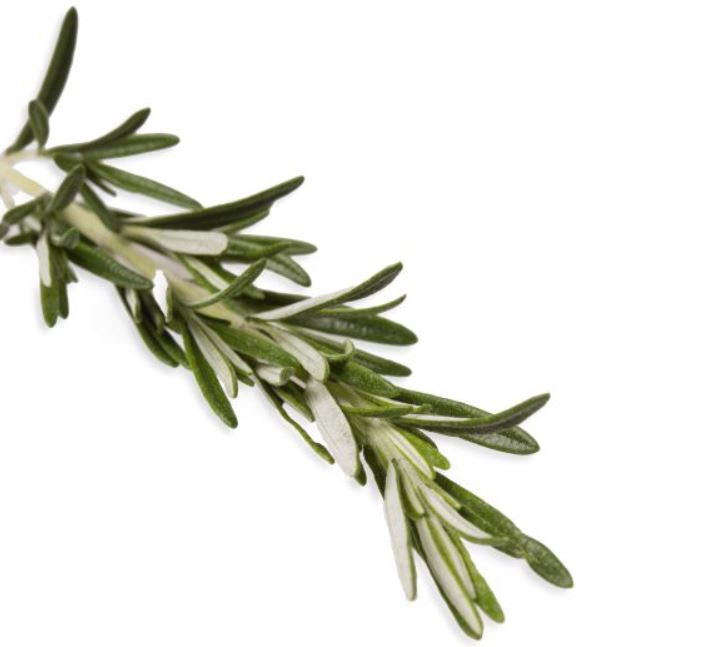
Tea Tree
Noted for its antiseptic, disinfectant and healing properties, tea tree oil was used in World War II to treat tropical infections and wounds. Its warm, spicy fragrance makes it a welcome addition to skin care products and household cleaners, too. Extracted from leaves and twigs. Try blending it with peppermint or ylang-ylang.
Relieve congestion: Add a few drops to a pot of boiling water. Place a towel over your head to concentrate the aroma and breathe in the steam.
Fight mold: In a spray bottle combine 10 drops of oil and two cups of water. Use to clean bathrooms and other mold-prone areas.
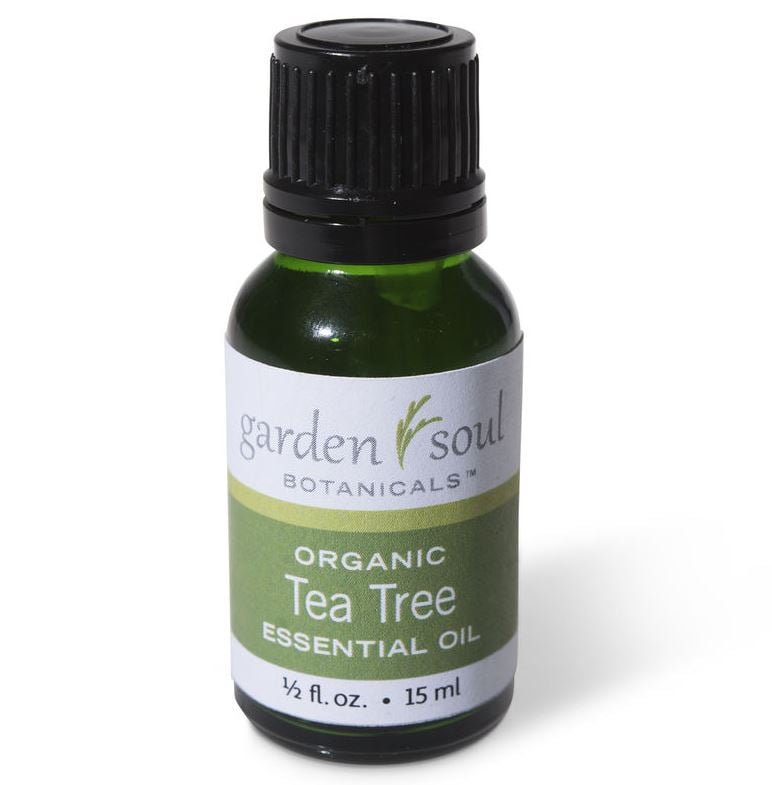
About Carrier Oils
Adding essential oils to a fat-based carrier oil makes them easier to use and combine with other ingredients. Because essential oils dissipate quickly when exposed to air, blending them with a carrier oil prevents evaporation. In addition, most essential oils must be diluted before applying to the skin to prevent irritation. As a general guideline, aromatherapists recommend using 2 to 5 drops of essential oil per teaspoon of carrier oil, or 6 to 15 drops per tablespoon. Always start with the fewest recommended drops, adding more if desired.
Most carrier oils are derived from plants, especially their seeds. The way each oil is extracted makes a difference in its quality. For the best results, use only cold-pressed oils; these have not been heated during their production, so they retain their valuable vitamins and fatty acids.
Important: If you have nut or other plant allergies, avoid oils made from them. When using an unfamiliar oil, test it on a small area before widespread use.
The high fat content of carrier oils makes them prone to spoilage. Most will keep for up to a year, but some will last only six months unless stored properly. To prevent them from becoming rancid, store in dark bottles in a cool place. You can store them in the refrigerator, but bring them to room temperature before using. For best results, buy in small quantities and use them within a few months. Tip: Wheat germ oil is high in vitamin E and acts as a preservative. Adding 10 to 25 percent to an oil blend helps keep it fresh longer. Give your carrier oil the sniff test before usingif it smells rancid, discard it.
Pairing Carrier Oils and Essential Oils
Each carrier oil has its own benefits and characteristics, and there are many to choose from. Select a carrier oil based on your intended use. Tip: Blend thicker or more expensive oils, such as sesame, walnut, rose hip, jojoba, wheat germ and coconut, with lighter, less expensive oils.
Body Massage:
Choose light oils that are easily absorbed into the skin, such as sweet almond, sunflower seed, apricot kernel, grapeseed, jojoba or sesame seed.
Facial care:
Favor light oils that are not prone to clog pores, such as sweet almond, apricot kernel, hazelnut and rosehip.
Hand care:
To make hand lotions and creams, blend heavier oils and waxes with lighter oils. For instance, pair cocoa butter, beeswax, shea butter, virgin coconut oil (solid), olive, avocado and jojoba with sweet almond and other massage oils.
Prevent Skin Irritation by Adding Calendula
To help ease skin irritations, Rosemary Nolan recommends infusing the carrier oil with dried calendula petals, chamomile flowers or comfrey.
Pack the dried flowers or herbs into a jar and cover with a carrier oil, such as virgin olive oil. Cover and let it steep in a cool place for about three weeks. Strain through cheesecloth or a fine sieve before using.
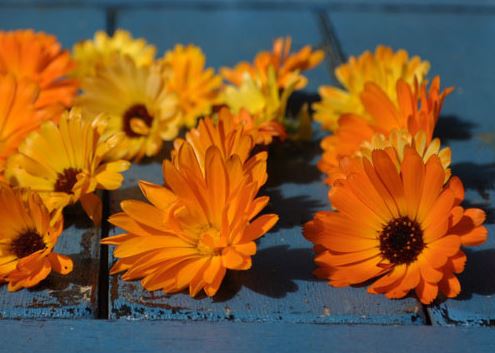 Calendula flowers drying
Calendula flowers dryingLast updated: 08/03/2023
Print this Article:
Related Articles
Get the Dirt
Stay up to date on new articles and advice. Please fill out the information below.


